That’s why learning how to navigate health insurance could save your health and your bank account.
Ideally, your employer offers healthcare plans as part of your benefits package—or perhaps a choice of different plans. If you have an employer plan you’re happy with, then it probably makes sense for you to keep your own coverage, even if you have a life partner who has coverage.
But if you have health insurance and your partner doesn’t—or the other way around—the first step is to find out if the uninsured person can be added to the insured person’s policy. There’s no guarantee a plan will offer partner coverage. If it does, the option may be available only for spouses (though some plans cover domestic partners.)
If you or your partner is not on an employer plan, you can investigate the individual coverage that’s available from private insurance companies or through the Affordable Care Act (ACA).
How Health Insurance Works:
Employers pay an annual premium to an insurance provider offering a specific plan or group of plans. In exchange, the provider pays the healthcare costs for people insured under the plans.
Most employers pay a percentage of the premium and you pay the balance, which is deducted from your paycheck. The good news is that this money is pre-tax dollars, so it reduces what you owe on taxes.
The majority of health insurance plans have a deductible. That’s the amount you have to pay yourself, out-of-pocket (OOP), before your plan will begin to pay its share of your healthcare costs. The premiums you pay to be covered don’t count toward the deductible.
In most plans, preventive services, such as cancer screenings and immunizations, are covered without cost to you, but they usually don’t count toward your deductible. Neither do services that your plan doesn’t cover, such as cosmetic procedures.
If you leave a job where you’ve had health insurance, you may be able to continue that coverage until you’re eligible for a new employer’s plan. It’s very expensive—typically you pay 102% of your employer’s cost for the insurance. But this option, called COBRA, is definitely better than not having insurance if you need medical care before you’re covered under a new employer’s plan.
Types of Coverage:
One of the big issues with health insurance, in addition to being expensive, is that it’s complicated. There are multiple providers, each with several types of plans, each working differently from the others. That matters because you’re likely to find yourself in a position of having to choose among alternatives. To end up with a plan that works for you means you have to understand the fine print.
Managed care plans have a list of participating healthcare providers. The plan negotiates fees with its providers, and your cost for each visit to a provider is set by your employer’s plan. It could be a copay, which is a dollar amount (like $25), or coinsurance, which is a percentage of the total (like 10%.) But if you use a provider who isn’t on the plan’s list, you’ll be responsible for a much higher portion of the cost and maybe even the whole amount.
Fee-for-service plans allow you to use any provider you wish. Your plan will pay a percentage, often 70% or 80%, of the cost it approves for a particular service. However, the cost it approves may be less, sometimes much less, than the actual cost of the service. So you could end up owing your coinsurance plus the amount that wasn’t approved.
High deductible health plans (HDHPs) are managed care plans with substantially higher deductibles than other plans but also lower premiums. The federal government sets the minimum allowable deductible each year and also the maximum amount you can be required to pay for covered services from your plan’s list of preferred providers. If you reach that maximum, the plan covers the full cost of any additional qualifying expenses.
Many people face the question of whether or not to go with an HDHP. It costs less upfront, which is appealing. If you’re young and healthy, it may save you money. But you’ll want to know how you’d pay big medical or hospital bills if you needed medical care and hadn’t reached your deductible.
Understanding Health Savings Accounts:
If your HDHP meets federal standards by charging at least the minimum deductible the government has set for the year, you’re eligible to open a Health Savings Account (HSA).
With an HSA, you can set aside pre-tax income to pay for current or future health care, including deductibles, copayments, and any qualified medical expenses such as dental bills, eyeglasses and prescription drugs. Any withdrawals you make from the HSA to cover these costs are tax free, and the money in your HSA can be rolled over from year to year. If you change jobs, you can take an HSA with you.
There's no way to predict what will happen – you may lead a life without any serious illness or accidents.
But there's always the chance that you'll have to confront a challenge that has a serious impact on your personal and financial health. Having the right kind of insurance can make the difference between rising above catastrophe and being overwhelmed by it.
Interested in a North Shore Bank Health Savings Account?
Browse more of our financial literacy resources by clicking here.
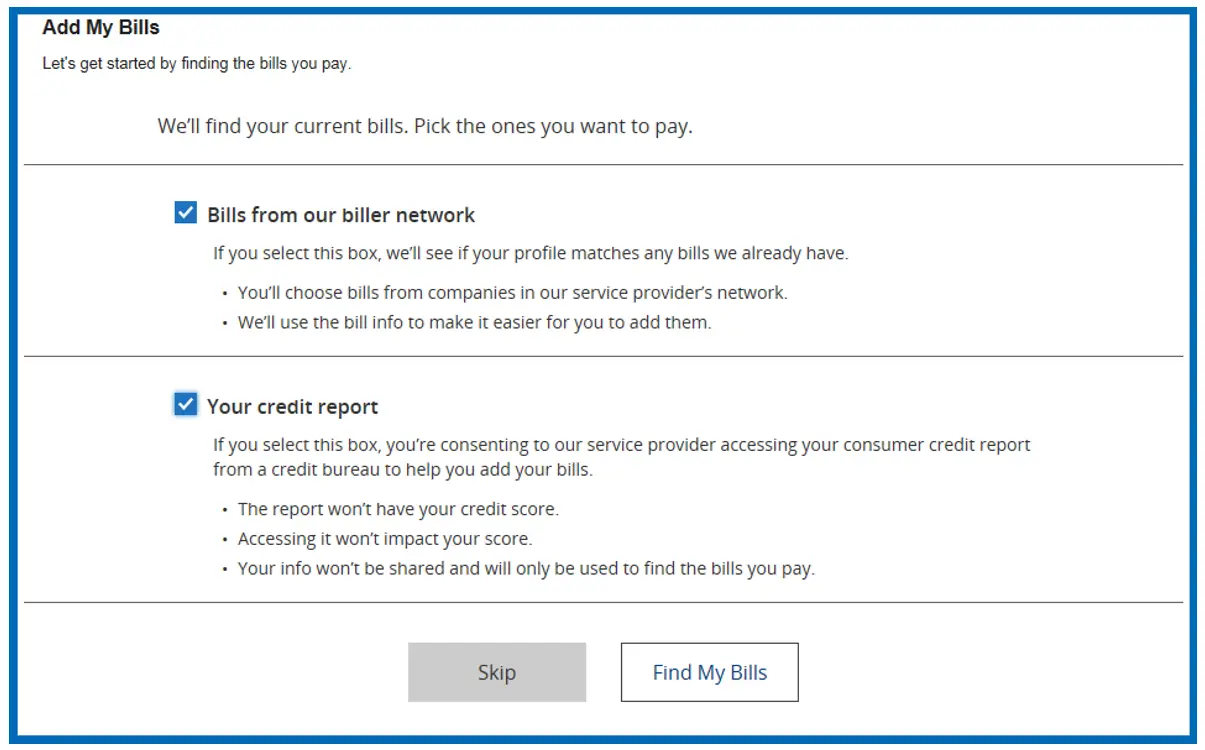
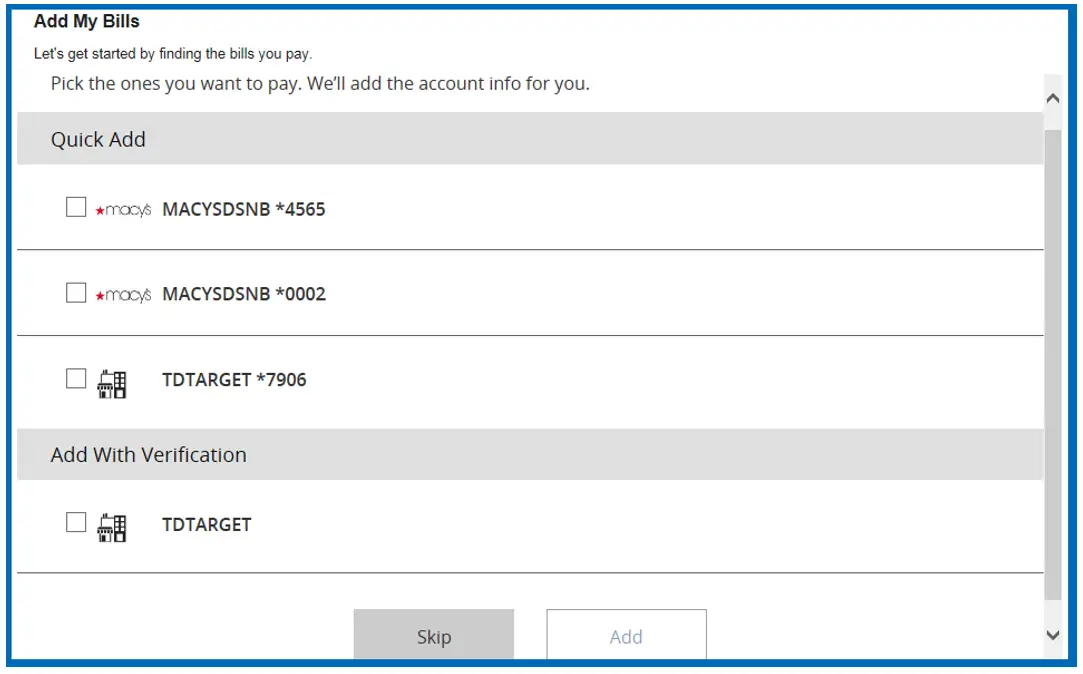
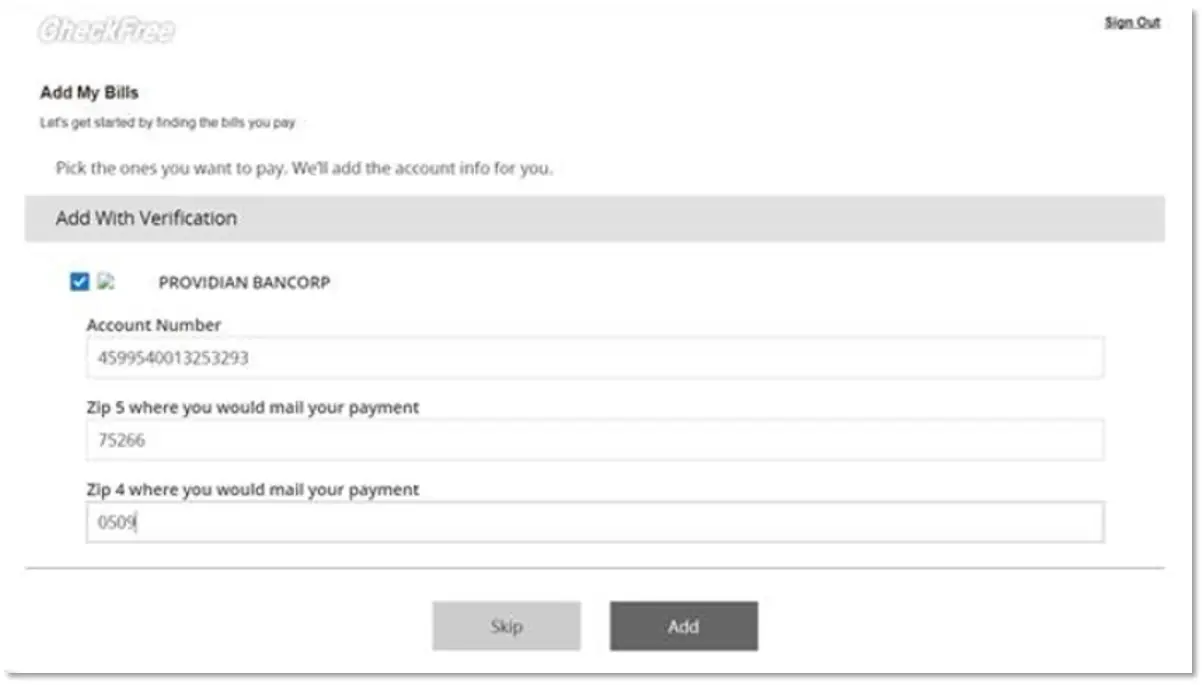
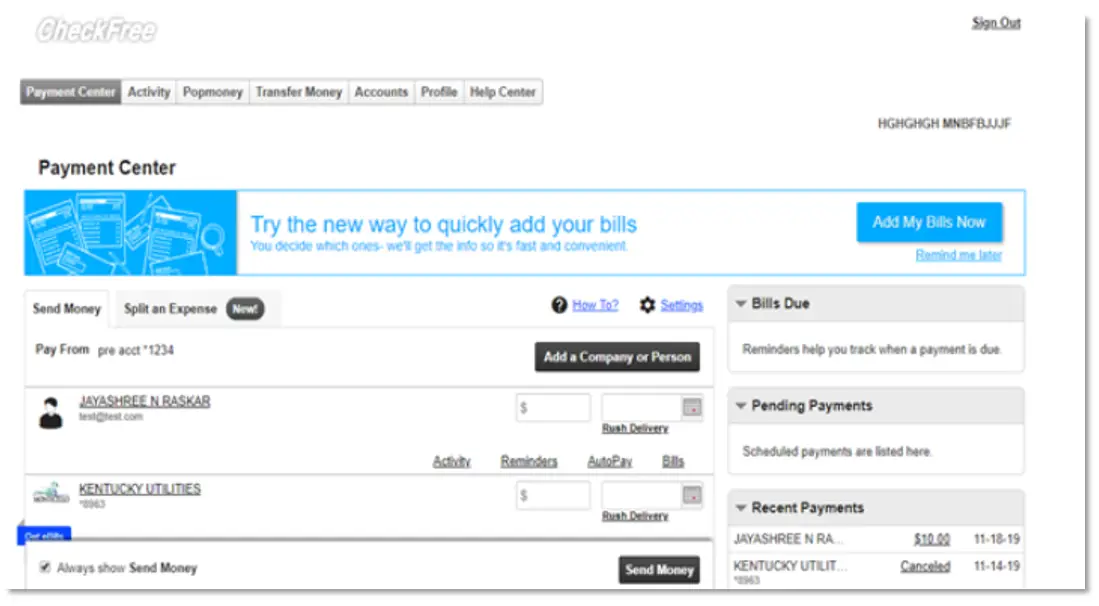
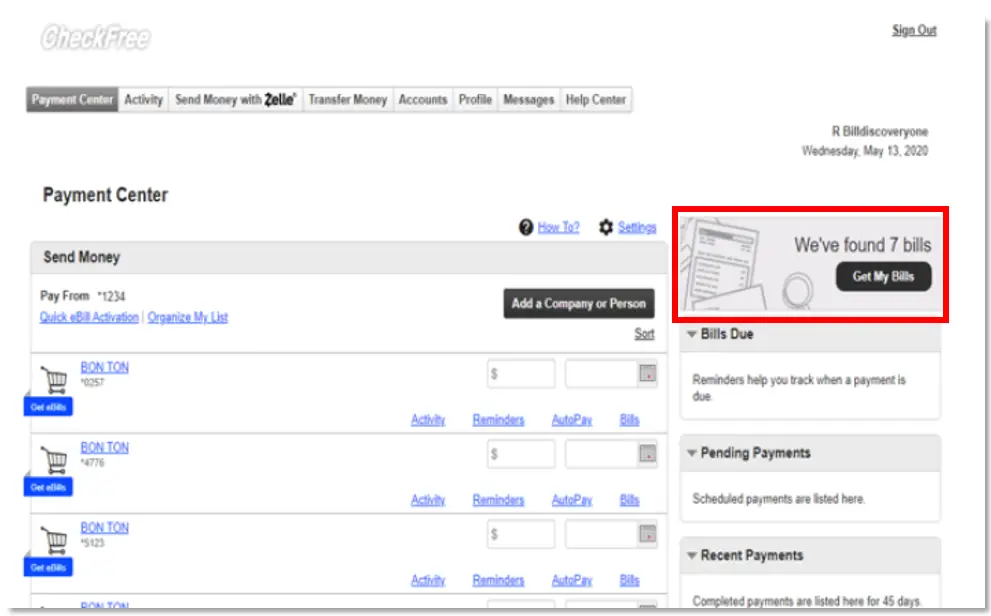
 When opening an account online, your initial deposit must be done by transferring money from your current bank account or by debit or credit card.
When opening an account online, your initial deposit must be done by transferring money from your current bank account or by debit or credit card. Click on the three vertical dots alongside the blue “Pay” button
Click on the three vertical dots alongside the blue “Pay” button